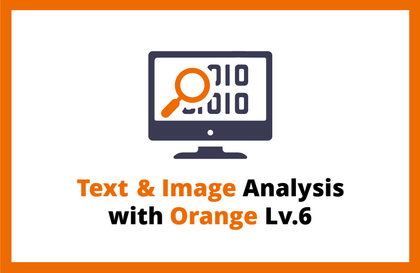
Coding-free AI data analysis using Orange - Lv.6 Text and image analysis
Masocampus
From the basics to applications of unstructured data analysis Easily and quickly with the AI analysis tool Orange!
초급
AI, Orange3, Text Mining
This course is for those who have learned the basic grammar of Python and will learn the core skills used in text data analysis. I hope that those who are interested in text analysis will gain more ideas through this course and use it for a long time.
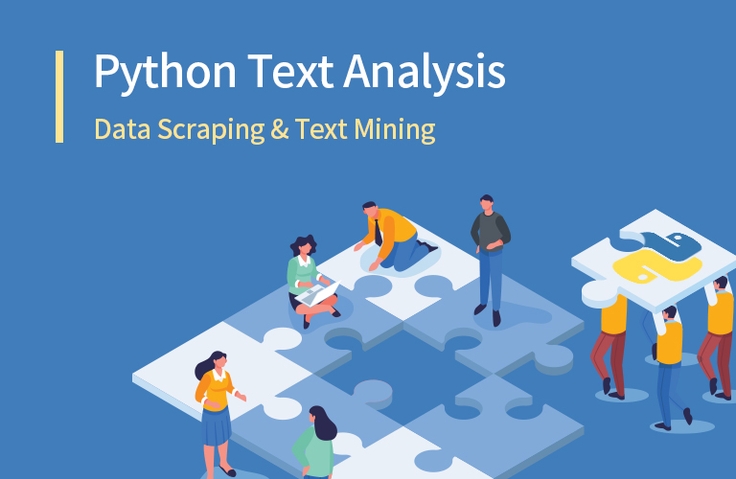
Data Crawling Using Python
Text data preprocessing
Keyword visualization using word cloud
News data classification using topic modeling
Python text analysis that anyone can do,
Useful from data collection to visualization and modeling!
Text mining Data Visualization Topic Modeling

You've learned basic Python and want to try text mining, but you're feeling overwhelmed and unsure where to start? Even if you try studying from books, the content is often theoretical or extensive. However, you can achieve practical analysis without having to diligently use cutting-edge technologies like deep learning. This course focuses on fundamental and highly applicable topics, covering everything from data collection to analysis .
This course was developed in collaboration with two practitioners who use text analysis in their work. The lectures are also delivered in person. While there are pros and cons, this approach allowed us to develop more detailed course materials and prepare us to deliver the core of the techniques we've actually used in the field.
Of course. The material covered in this lecture isn't all that difficult once you understand it. If you're familiar with basic Python grammar, you can follow along, but you may need to bring in some math knowledge for additional explanation (e.g., logarithms, matrix multiplication).
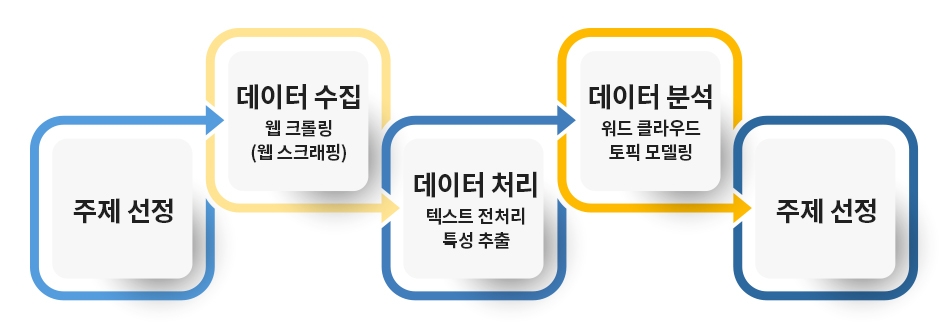
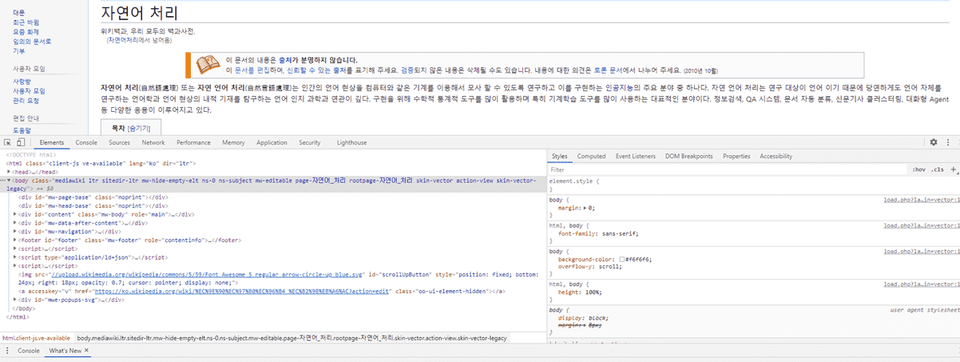

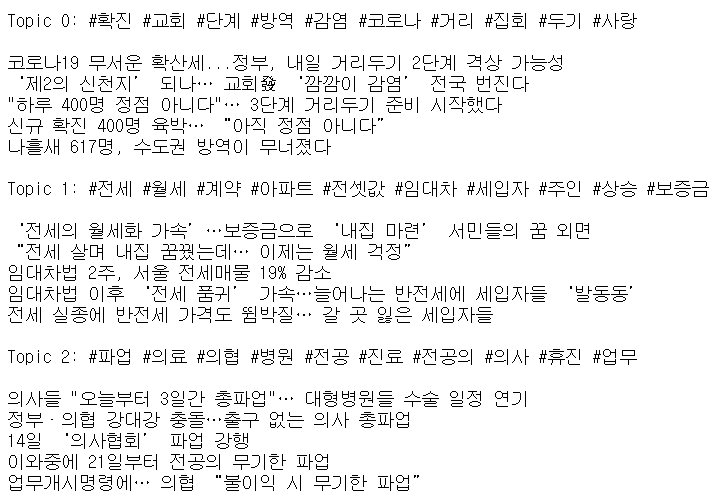

We provide you with a complete, well-organized set of materials.
Open and view only the parts you need at any time.
 크롤링.jpg?w=960)

Who is this course right for?
Anyone interested in natural language processing
Anyone who wants to analyze news data
Anyone who wants to learn practical Python skills
Need to know before starting?
Python Basic Grammar
A little bit of pandas
Matrix multiplication
316
Learners
14
Reviews
51
Answers
4.7
Rating
1
Course
안녕하세요. 인사이저입니다. 텍스트 데이터를 분석합니다.
https://incizor.com/INTRO
All
30 lectures ∙ (4hr 20min)
Course Materials:
All
14 reviews
4.7
14 reviews
Reviews 1
∙
Average Rating 5.0
Reviews 1
∙
Average Rating 5.0
Reviews 1
∙
Average Rating 4.0
Reviews 1
∙
Average Rating 5.0
Reviews 1
∙
Average Rating 5.0
Limited time deal ends in 7 days
$30,800.00
30%
$34.10
Explore other courses in the same field!